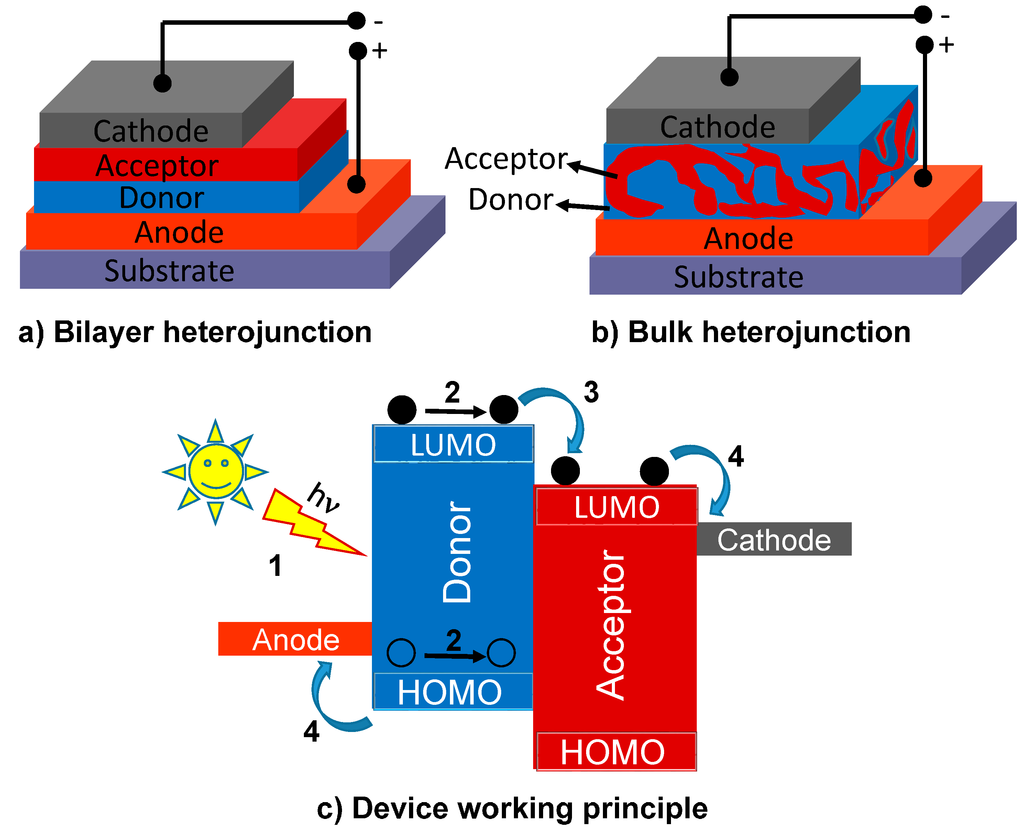

PRF is related to frame rate or sampling rate of the ultrasound. As evident from the equation, as the location of the target gets further away, the PRF decreases. PRF can be altered by changing the depth of imaging. This parameter is not related to the frequency of ultrasound. PRF is the number of pulses that occur in 1 second. PRP and PRF are reciprocal to each other. And since period = 1/frequency, then the Pulse Duration = (# of cycles x wavelength) / Propagation speed.Ī related parameter to PRP is the Pulse Repetition Frequency or PRF. Since Wavelength (mm) = Propagation speed in tissue (mm/microsecond) / frequency (MHz), this can be rewritten as 1/frequency = wavelength / propagation speed. Pulse Duration (msec) = # of cycles x period (msec). Pulse duration does not change with depth, thus it cannot be changed by the sonographer. In clinical imaging, a pulse is comprised of 2-4 cycles and the pulse duration is usually between 0.5 to 3 microseconds. It is determined by the number of cycles and the period of each cycle. Pulse Duration is defined as the time that the pulse is on.

In the next section will talk more about pulsed ultrasound. So far we have defined the ultrasound variables and parameters. Distance to boundary (mm) = go-return time (microsecond) x speed (mm/microsecond) / 2.

Range equation – since ultrasound systems measure the time of flight and the average speed of ultrasound in soft tissue is known (1540 m/s), then we can calculate the distance of the object location. There are tables where one can look up the velocity of sound in individual tissues. The stiffer the tissue, the faster will the ultrasound travel in that medium (direct relationship). As the medium becomes more dense, the slower is speed of ultrasound in that medium (inverse relationship). Density of the medium is related to its weight and the stiffness of the medium is related to its “squishability”. It is determined by the medium only and is related to the density and the stiffness of the tissue in question. It is defines as to how fast the ultrasound can travel through that tissue. Propagation speed in human soft tissue is on average 1540 m/s. Period of ultrasound is determined by the source and cannot be changed by the sonographer. The units of period is time and typical values in echo is 0.1 to 0.5 microsecond. Period of an ultrasound wave is the time that is required to capture one cycle, i.e., the time from the beginning of one cycle till the beginning of the next cycle. There are seven parameters that describe ultrasound waves. This is called attenuation and is more pronounced in tissue with less density (like lung). As ultrasound transverses tissue, its energy decreases.
#PRINCIPLE APP RIPPE EFFECT ON IMAGE WINDOWS#
Major drawback of ultrasound is the fact that it cannot be transmitted through a gaseous medium (like air or lung tissue), in clinical echo certain windows are used to image the heart and avoid the lungs. Since small objects in the human body will reflect ultrasound, it is possible to collect the reflected data and compose a picture of these objects to further characterize them. These waves obey laws of reflection and refraction. Since ultrasound is a mechanical wave in a longitudinal direction, it is transmitted in a straight line and it can be focused. There are several properties of ultrasound that are useful in clinical cardiology.


 0 kommentar(er)
0 kommentar(er)
